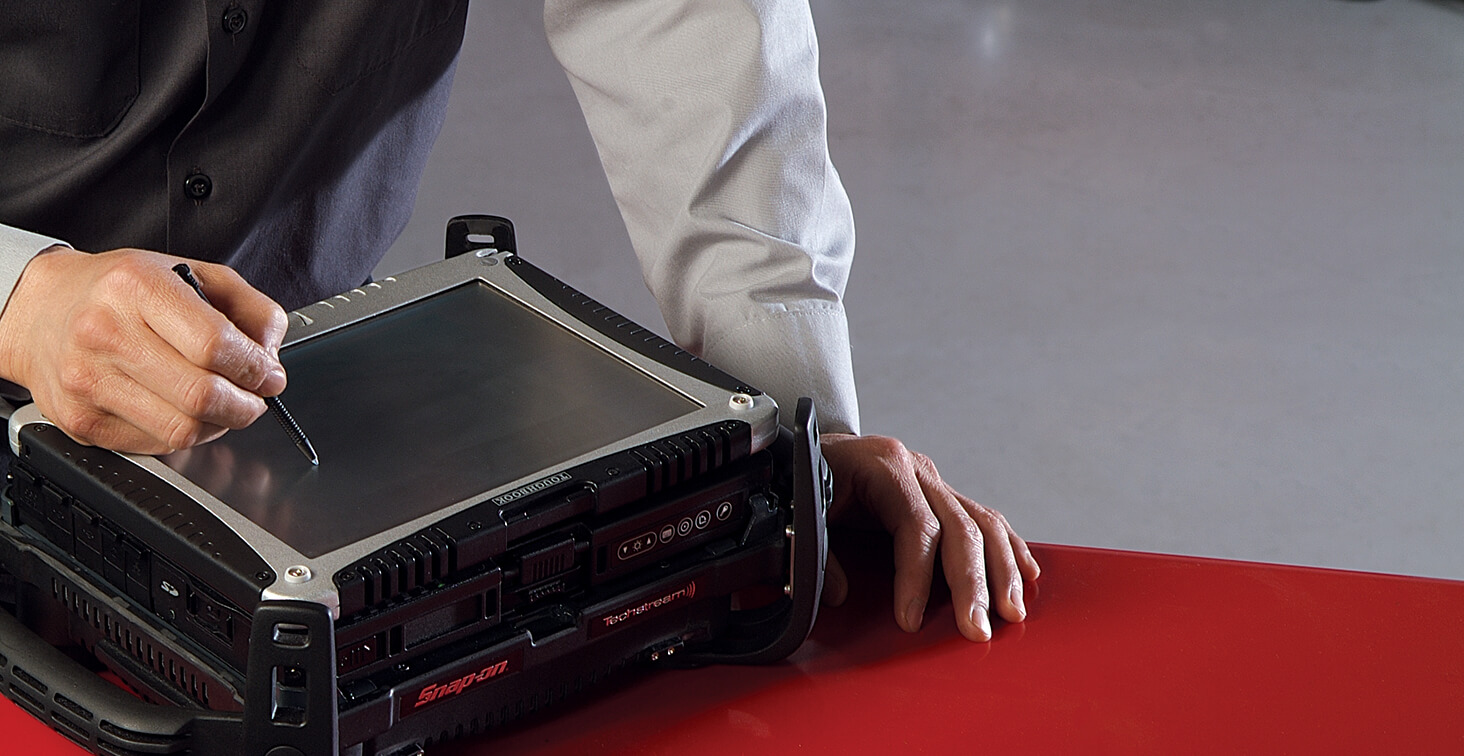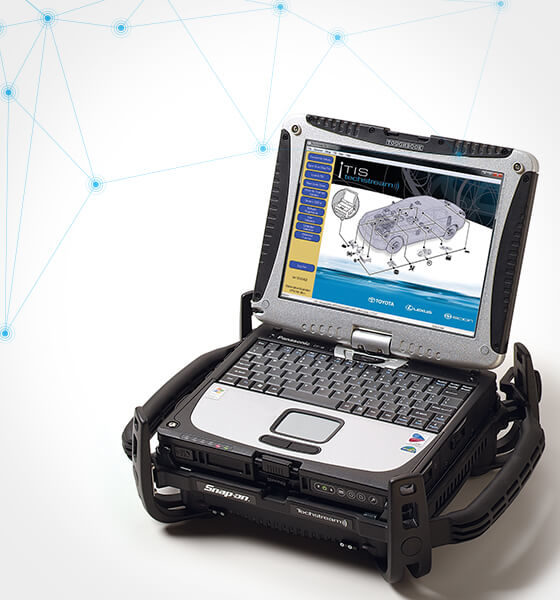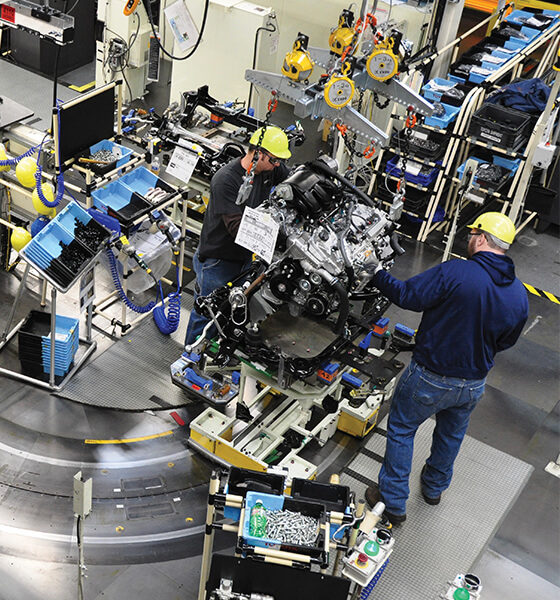
Collision Pros Magazine 2018 | ISSUE 2
The Importance of Pre- and Post-Scanning
IT’S ALL ABOUT UNDERSTANDING WHAT’S GOING ON INSIDE A VEHICLE
Imagine this: You go to the doctor. The doctor comes in, asks a couple of questions, writes a prescription and leaves. The doctor didn’t even take your temperature or use the stethoscope to listen to your heart, but he gives you a diagnosis anyway. How would you feel?
You’d probably feel like the doctor wasn’t doing his job.
Your customers may feel the same way if you’re not scanning vehicles when they come into your shop and if you’re not scanning the vehicle once the work is complete. How have you verified that the vehicle is really repaired correctly?
SCANNING PROVIDES A SNAPSHOT OF WHAT YOU CAN’T SEE
Today’s modern vehicles are complex, with multiple computers, sensors and state-of-the-art technology. To monitor the integrity and functionality of these systems, manufacturers have created scan tools that plug into the vehicle and electronically monitor each system, noting any issues via Diagnostic Trouble Codes (DTC). The challenge is that a lot of shops don’t scan vehicles before repairs are started or after repairs are completed. One reason why scanning is so important is quality assurance, to help ensure the vehicle is in optimum operating condition when it’s returned to the customer.
IT STARTS WITH THE PRE-SCAN
Let’s go back to the doctor example: If you don’t tell your doctor about a pre-existing condition, then the diagnosis and remedy could be wrong. The same may apply to a vehicle that’s been in an accident—something may have been damaged that isn’t obvious to the naked eye.
Here’s an example: A Camry comes in with a damaged passenger rear quarter panel. It’s decided that the damage doesn’t warrant a pre-scan, so only the quarter panel is repaired. The customer picks up the Camry, sits in the car, and discovers that something is not functioning. The customer claims the damage occurred as a result of the accident or while the vehicle was in your shop, and they want you to pay for the repairs. That leaves your shop in a precarious position, because you do not know if it was a preexisting condition or if it did, in fact, occur during the repair process at your shop. Now, had the shop performed a pre-scan when the car was dropped off, the technician would have noted any DTCs, and those issues would have been listed on the repair order and could have been addressed during the estimating phase, thus limiting shop liability.
PREVENT CHANGE ORDERS
Another advantage of pre-scanning is that you know what DTCs have been set, what issues need to be addressed and what parts need to be ordered to complete the repairs. If you only scan vehicles after repairs are complete, then you run the risk of discovering additional damage that can create delays and upset customers, as you may need to have parts shipped overnight, which adds to the cost and the repair time. It also means that you have to contact your customers to tell them the repairs won’t be completed on time.
Case in point, a vehicle comes in with a deployed driver’s airbag. A new airbag is ordered, but the vehicle was not scanned, so the shop didn’t detect damage to the seatbelt pretensioner, which also needs to be replaced. Now there’s a change order to the insurance company to account for the difference between the final cost and the original estimate, and the repairs are delayed while waiting for the part.
Another benefit of conducting a post-scan it can reveal if something failed during the repair, and it can be addressed before the vehicle is returned to the customer.
LONG-TERM CUSTOMER SATISFACTION
Toyota has always been about fix it right the first time—whether it’s a mechanical issue or collision repair—and for good reason. After an accident, it’s easy for customers to lose faith in their vehicle, the dealership, and your repair facility if things are not fixed right the first time. By conducting pre- and post-scans, your shop can identify the problems before you start work and confirm that they have been addressed before returning the vehicle to the customer.
Running a collision repair center is difficult enough. By pre- and post-scanning every vehicle that comes into your shop, you’re better equipped to fix them right the first time and maintain a higher level of customer satisfaction.



